Lexus has a gigacasted Model 3 fighter it will actually build — in 2026

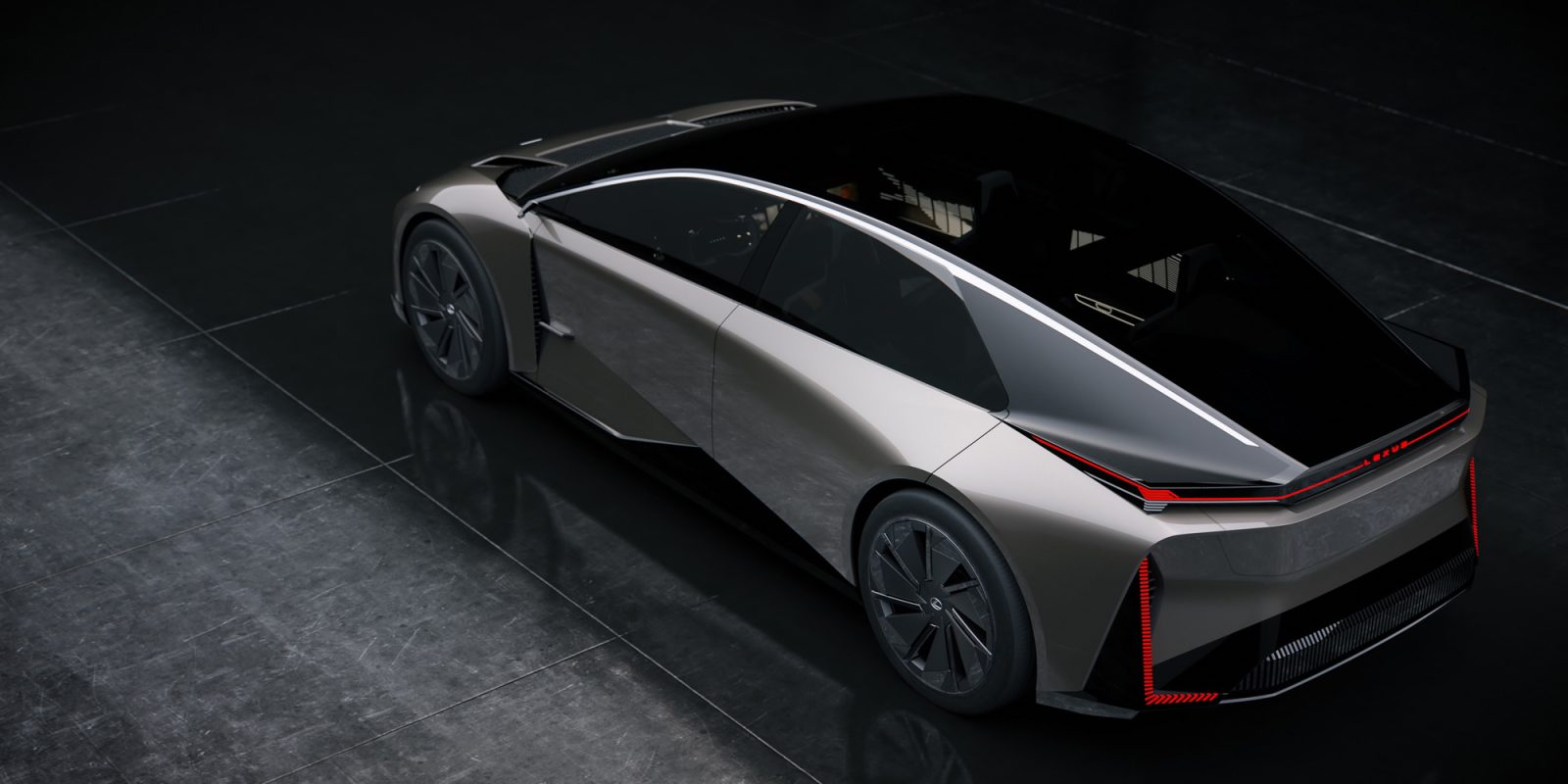
Lexus plans to launch a next-generation EV with super-low drag, high range, and a gigacasted vehicle structure. This could be the most significant electric vehicle announcement to come out of the Japan Mobility Show.
While the LF-ZC may still be a concept, it’s one that the luxury mark owned by Toyota is committing to right out of the gate, with production set to begin in 2026. That’s two-plus years from now, and while it’s hard to say how the vehicle landscape will change during that period, it’s not that far off all things considered. Given what Lexus is saying about the LF-ZC, this sounds like a legitimately next-gen vehicle, using prismatic batteries, steer-by-wire, and a gigacasted modular vehicle structure (initially pioneered by Tesla, but now being pursued by many automakers).

Lexus says the LF-ZC will have a drag coefficient under 0.2, and based on the concept’s Prius-esque teardrop design, this does look like an aero-first EV. The front doors on the concept version of the car are even shaped to channel air from the wheels, though it’s hard to say if an element like that would be worth placing into final production given the complexity it adds.
Lexus isn’t sharing any details on range, saying only that the LF-ZC will have twice the range of “conventional” battery electric vehicles. It’s impossible to know what Lexus considers conventional, but I’d suspect nothing in the Tesla lineup qualifies. Anything in excess of 400 miles would certainly be impressive, and if Lexus was working with a “conventional” figure of less than 200 miles, I think we’d all be pretty disappointed! But this is just speculation, and that’s all Lexus has really left us to do here: speculate.
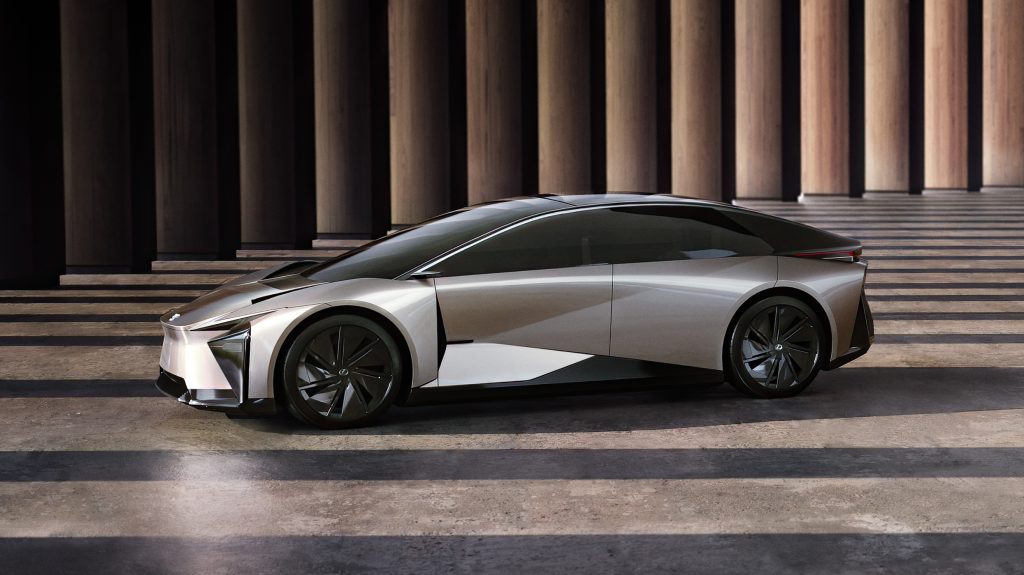

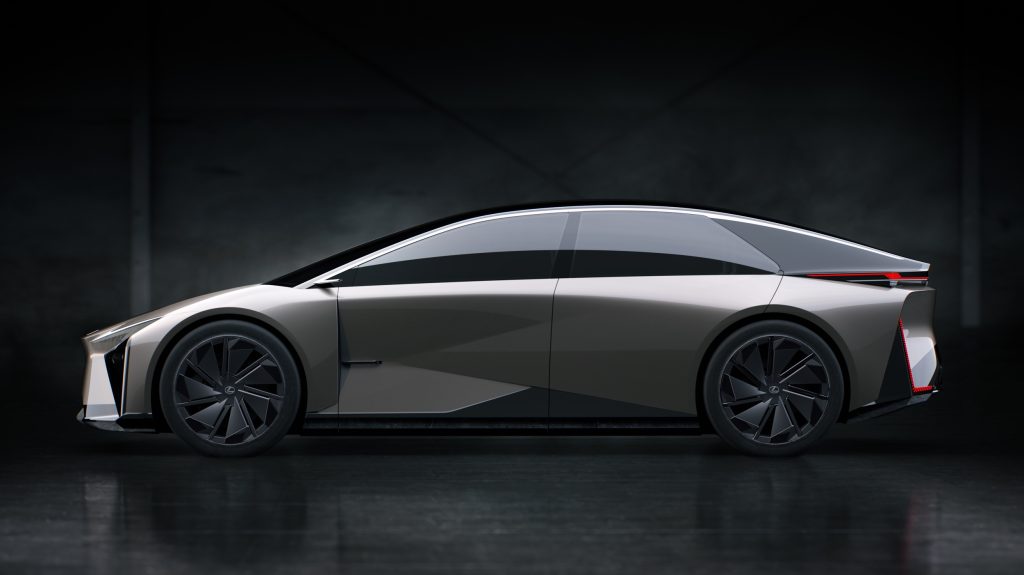

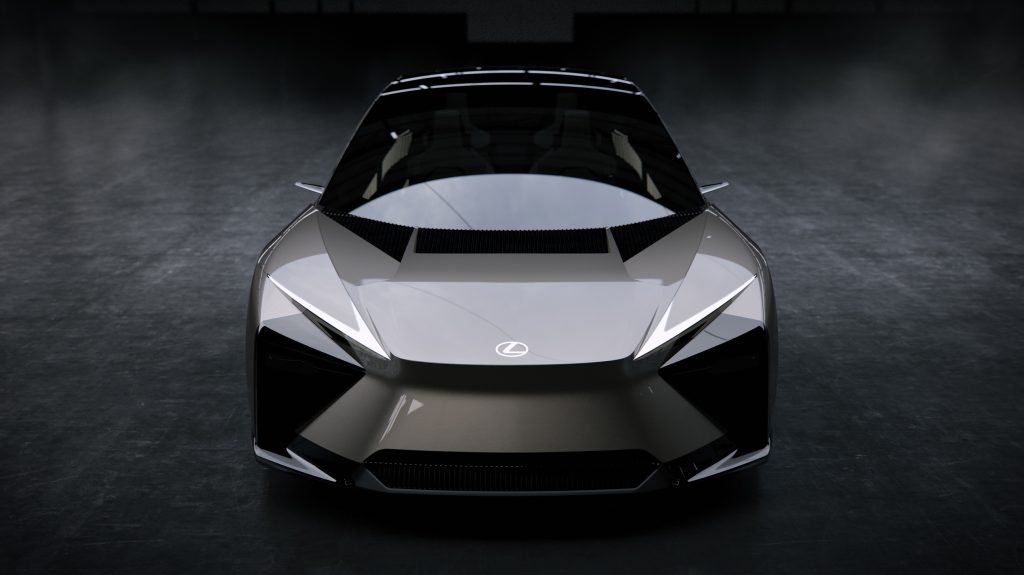
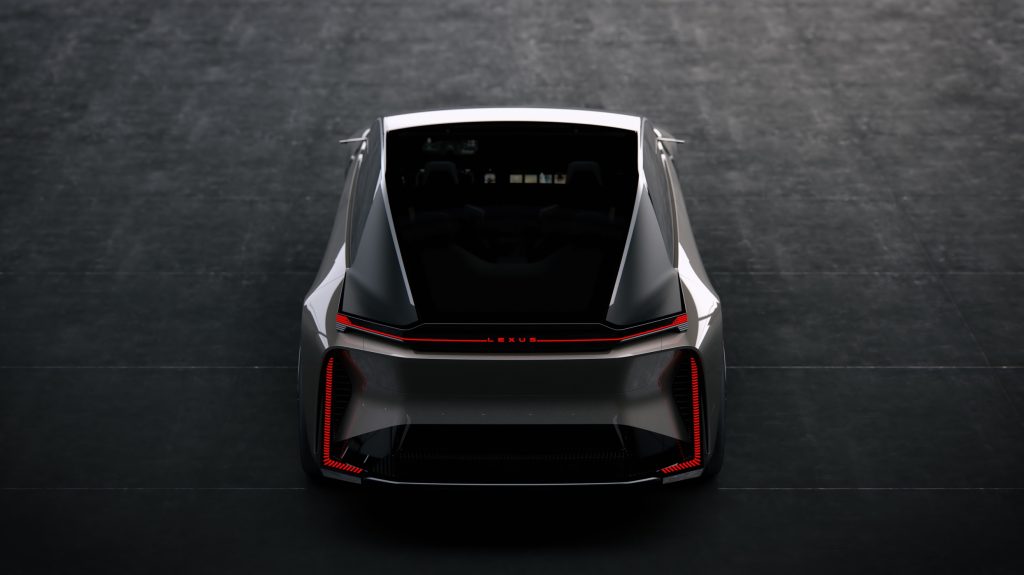
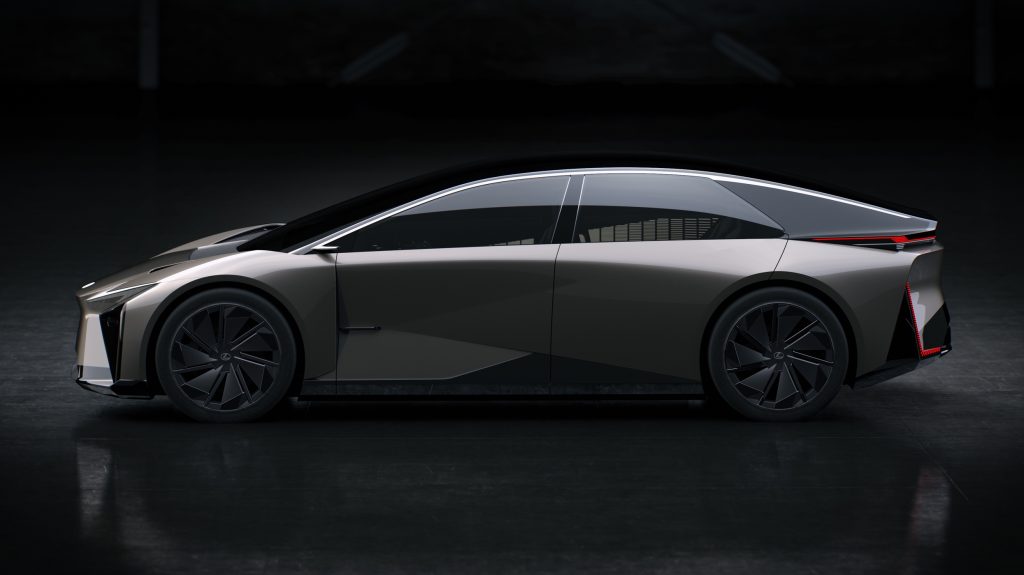


One thing that may not be apparent from the images is that this is a small sedan, not a mid-size crossover. The LF-ZC has a wheelbase just 15 mm longer than a Tesla Model 3’s, at 2,890 mm. It’s also 50 mm shorter than the Model 3, coming in at 1,390 mm — I’d suspect rear headroom is not going to be especially great in this car. With Lexus’s aggressive aerodynamic goals, that does make sense, though.
Using steer-by-wire, it’s possible Toyota will be able to package the cabin of the LF-ZC to be roomier than its diminutive wheelbase would suggest. Steer-by-wire requires no steering column — or any other components connecting the steering wheel to the vehicle wheels. The steering wheel (or yoke) becomes, effectively, a digital joystick. Everything happens via communication with electronic position sensors. Control modules reading those inputs then talk to the electric power steering system, which adjusts the wheel angle accordingly.

Steer-by-wire as a technology isn’t new, per se, and while it’s rarely been seen outside concept cars, the momentum behind a steer-by-wire transition is the greatest it’s ever been. (Tesla recently patented such a system.) Getting the feel and responsiveness of a steer-by-wire system right has long proven challenging, though. Such designs lack the direct and instantaneous connection to the rolling components of traditional hydraulic and electric-assist power systems. Initial driving impressions of Lexus’s prototypes for such systems have been mixed.
So why keep trying to make steer-by-wire happen, Gretchen? Cost and packaging: By eliminating big, stress-bearing connective components from the steering system, manufacturers can save money and dramatically reduce the overall footprint of that system. In short: The steering wheel (or yoke) becomes just a steering wheel — a computerized control interface, nothing more. That, in turn, frees up a lot of volume in the dash area, potentially opening up more of the cabin as usable passenger space. In vehicular design, centimeters count just as much as dollars and cents, and a steer-by-wire system theoretically optimizes for both. For vehicle manufacturers, it’s a win-win. But for consumers, if steer-by-wire doesn’t feel reassuringly safe and communicative during driving, it could end up being a huge turn-off. (Some people position steer by wire as a liability risk, but I think this is a red herring — all modern cars use throttle by wire, and many now use brake by wire, too. There’s nothing special about steering from a liability perspective for a carmaker.)
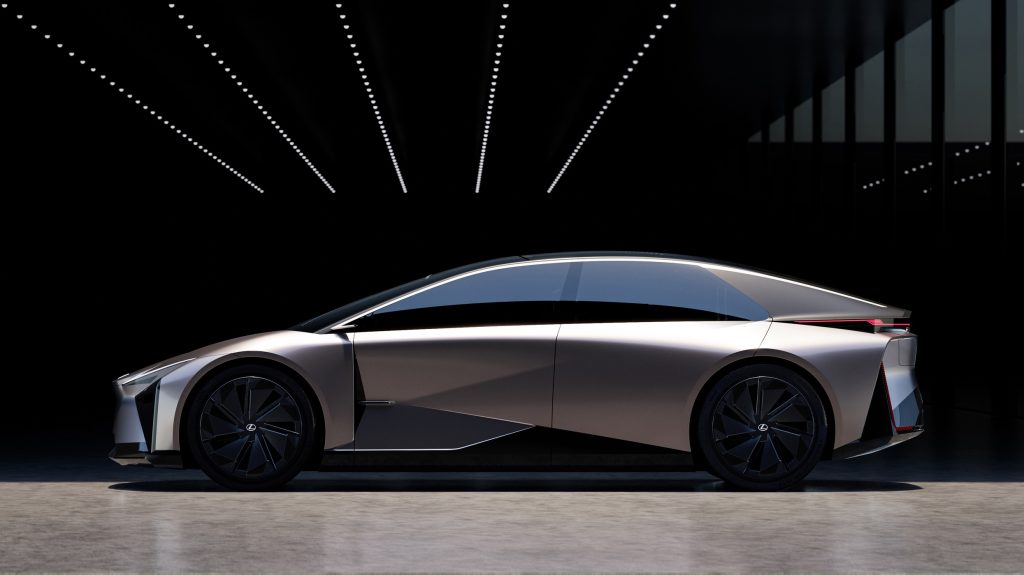


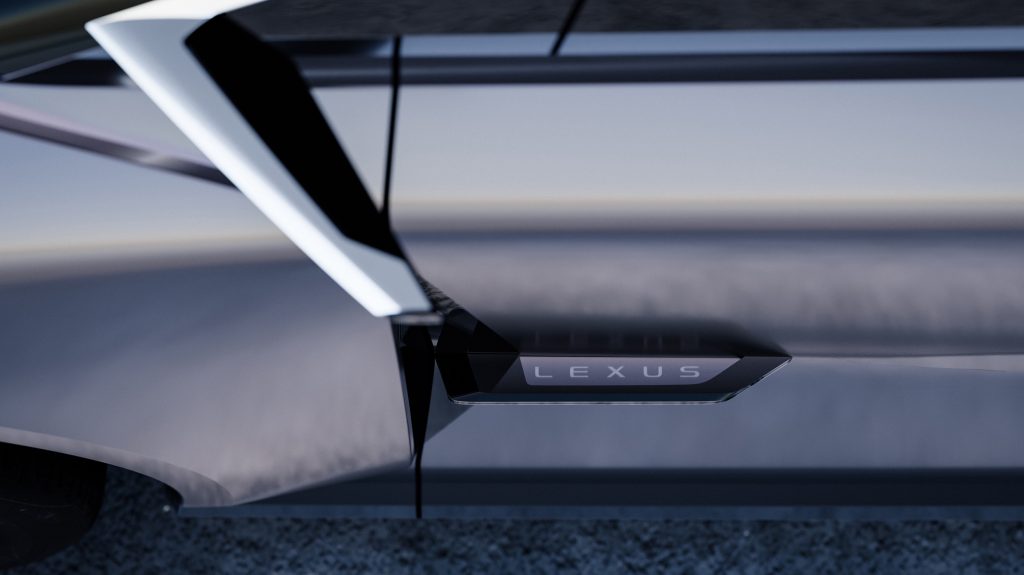
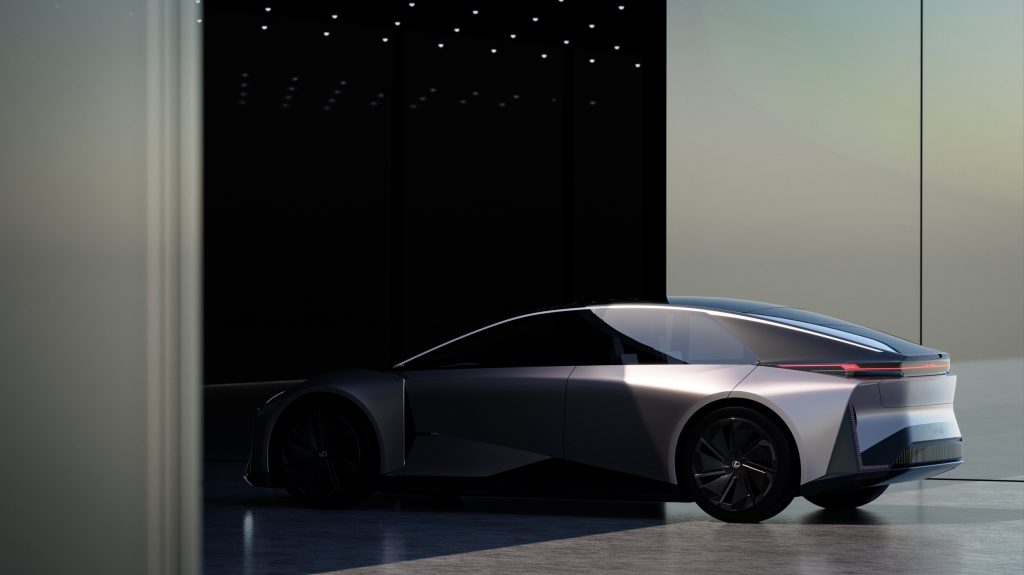
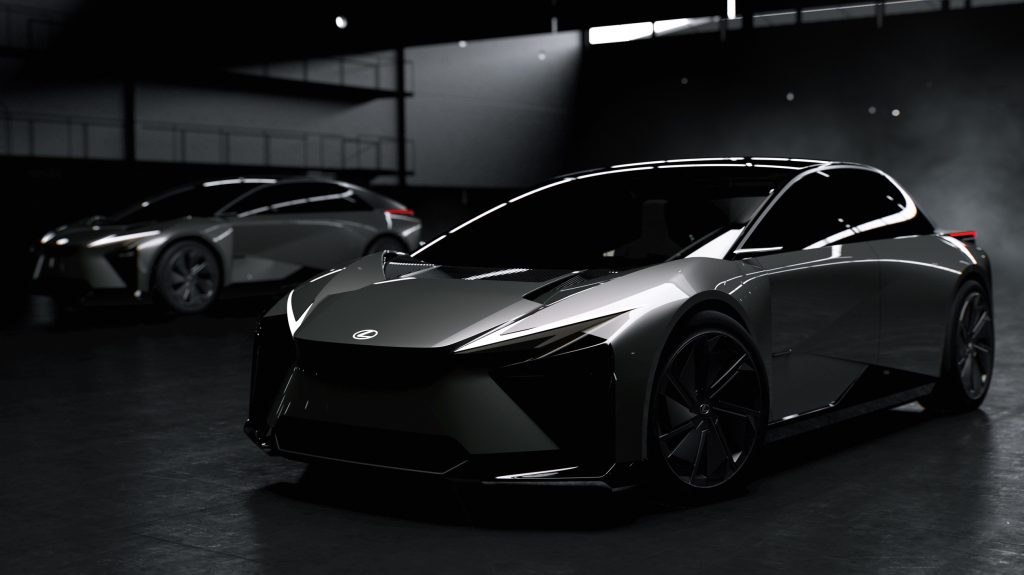

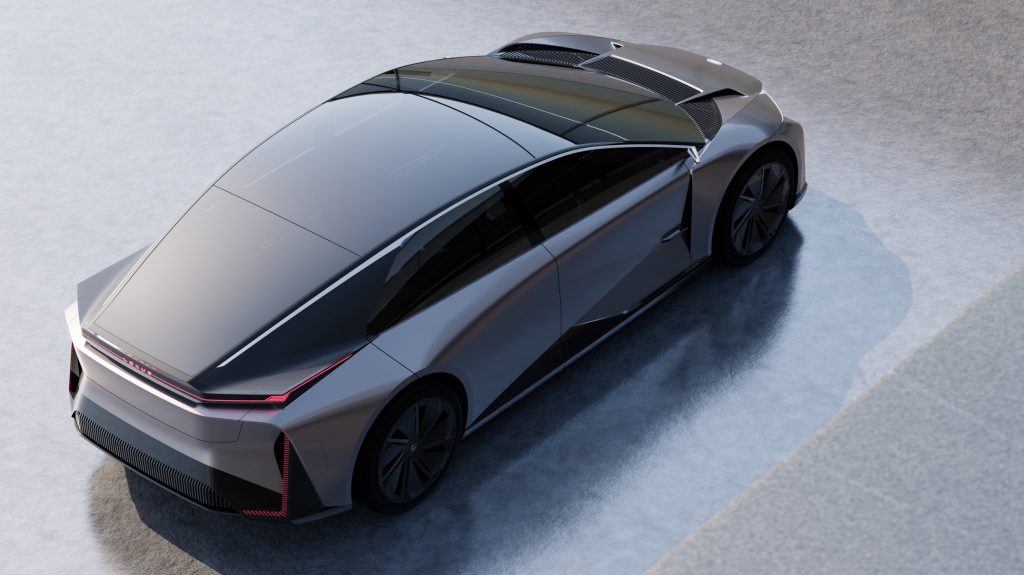
As for the rest of the LF-ZC, we just don’t have much to work with yet. Aesthetically, the car looks like a 4th Gen Prius someone ran through a Tron filter. The design isn’t brutal, exactly, but form closely follows function here, likely reflecting the price positioning of this car as an entry-level premium sedan.
The interior of the LF-ZC is so dark and vague that I’d take almost none of what you see inside as reflective of final production intent — though if steer-by-wire does happen, that yoke could end up being pretty close to reality. (Yokes are much more feasible with steer-by-wire, as these systems won’t require hand-over-hand steering since they can infinitely adjust input ratio by vehicle speed.) That said, the interior concept looks pretty spartan overall, aside from that massive passenger infotainment display. The driver gets two smartphone-sized screens mounted at an angle, one to the left of the steering yoke, and one to the right, along with an instrumentation display above it at the top of the dash. The number of hard buttons and switches in the LF-ZC appears to be “as near to zero as humanly possible” — call it cost-cutting or Tesla copycatting; either shoe fits.
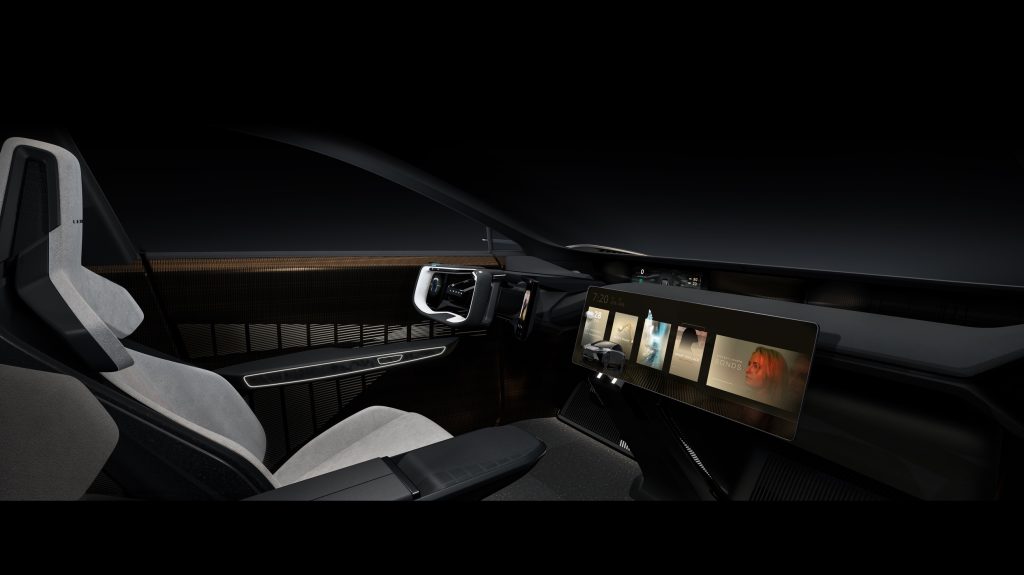
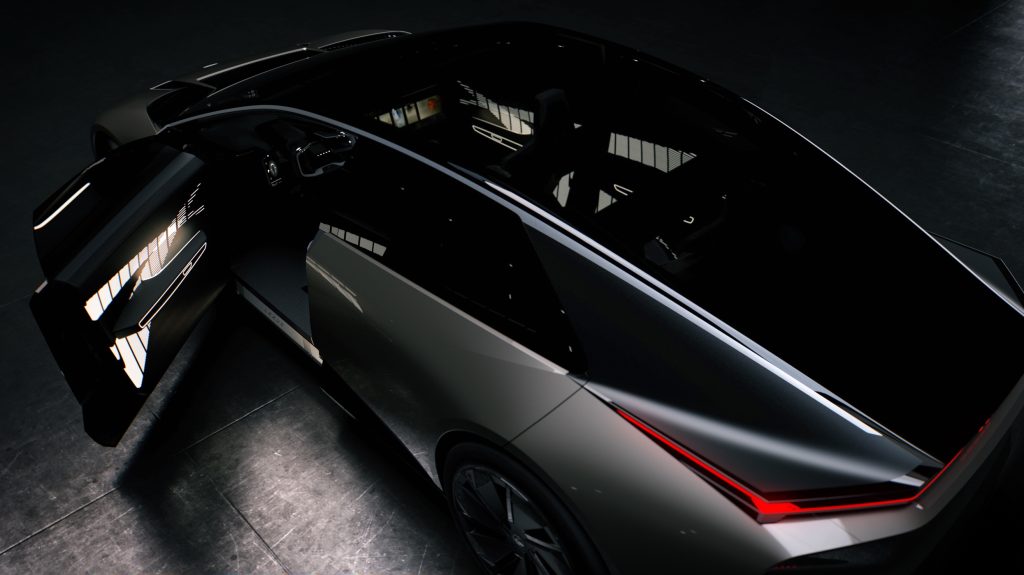
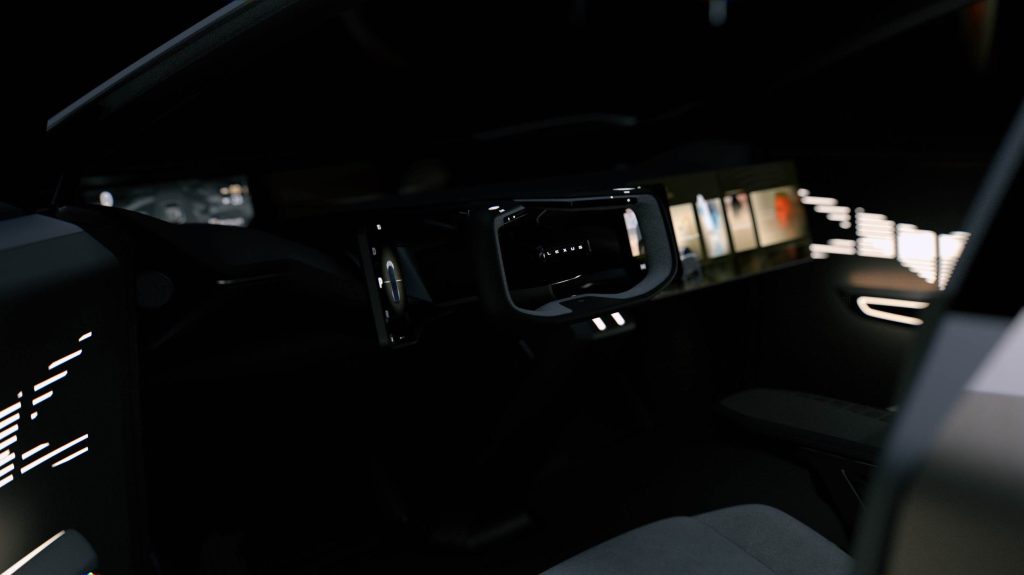

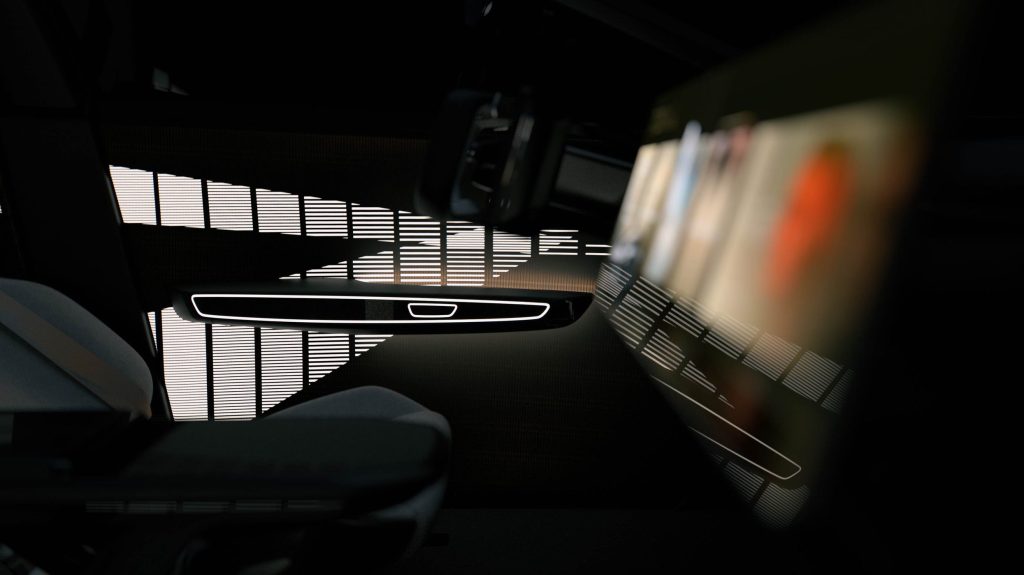

City Dwellers’s Take
This is as close as Toyota (well, Lexus) has ever come to offering a response to Tesla. The LF-ZC is very plainly positioned in the same small luxury sedan space the Model 3 is, and it’s a segment that a manufacturer as large as Toyota can’t ignore if it’s going to be a serious player in EVs. But without details on range, power, or pricing, it’s very difficult to say how competitive Lexus’s offering will be.
If the LF-ZC does go on sale in 2026, that will likely put it smack in the middle of the lifecycle of the new Model 3 Highland refresh, but still potentially ahead of whatever Tesla’s “next-gen” mass market vehicle ends up being.
Given this car is badged as a Lexus, that also opens the door for a cheaper Toyota variant down the road. The Prius-like styling, in my view, is no accident here. Drop some of the more aspirational aero, add some plastic trim, and take away a few of those displays, and it’s not hard to imagine a more basic Toyota take on this concept. Launching on Lexus, a luxury brand, would also be a way to offset some of the high initial cost of a new electric model as it scales up.
Toyota has given a lot of lip service when it comes to BEVs and offered some wild concepts, but the LF-ZC seems like a pretty concrete promise to actually build something.
FTC: We use income earning auto affiliate links. More.